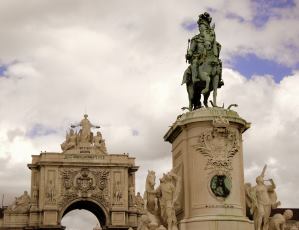Vacation Packages
Lisbon vacation packages
lisbon Hotels
- Lisbon luxury hotels 5*:
- Olissippo Lapa Palace
- Lisbon first class hotels 4*:
- Olissippo Castelo
- Zenit Lisboa
- Lisbon budget hotels 3*:
- Pouso Dos Anjos
- Days & Weeks
- Selection of gut rated hotels in Lisbon:
- Delta
- Sete Colinas
- Pascoal de Melo







